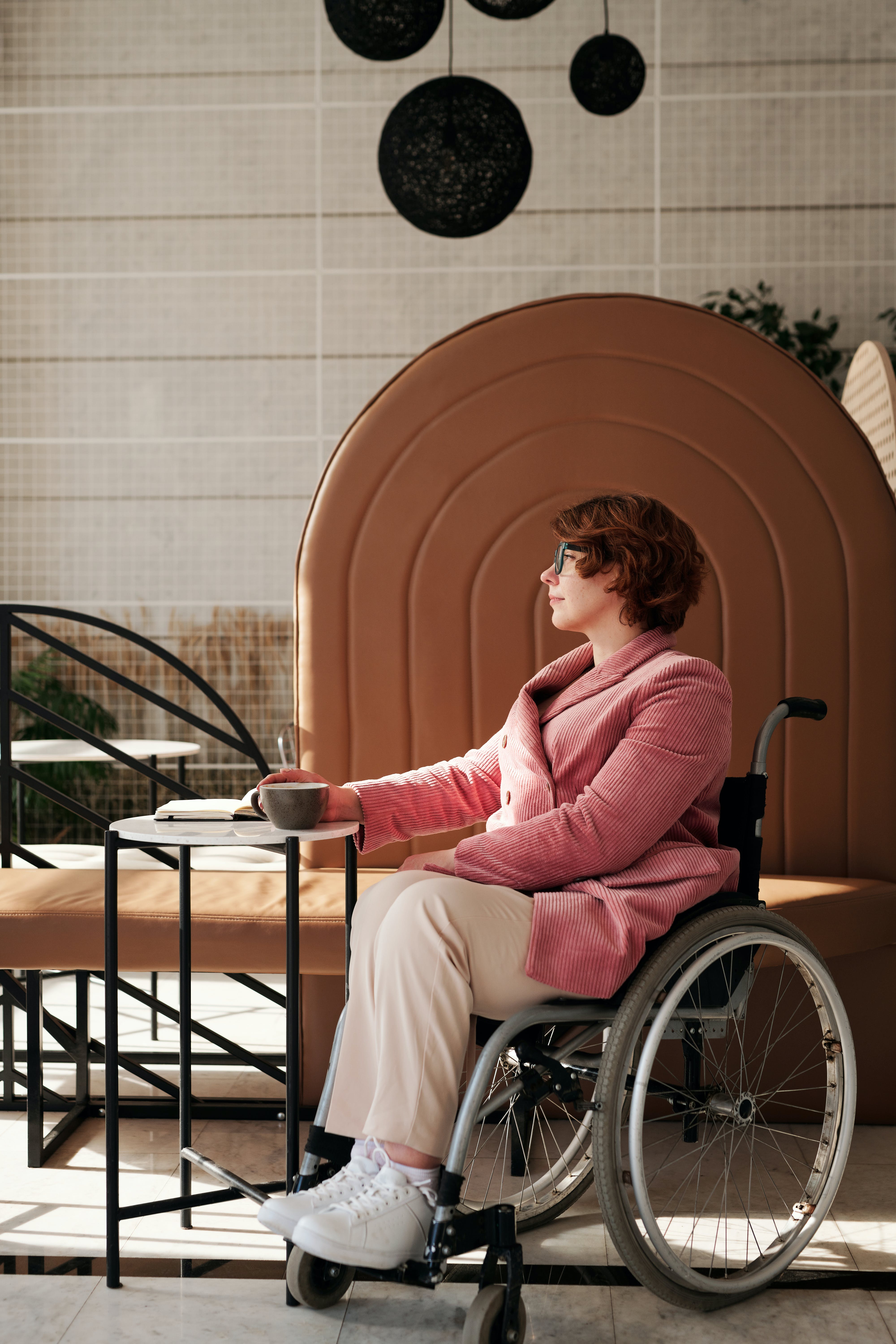Table of Contents
Emergency Contact Information
One of the most important components of an emergency plan for your babysitter is providing them with a list of emergency contact information. This should include your contact number, as well as alternative numbers for another family member or close friend who can be reached in case you are unavailable. It’s also crucial to include the contact information for your child’s pediatrician, as well as any other emergency contacts such as neighbors or trusted family friends.
On-Demand Childcare in Your Neighborhood
Book a Sitter
Medical Information
In addition to emergency contact information, your babysitter should also have access to important medical information for your child. This should include any known allergies, medications your child is taking, and any relevant medical conditions. It’s also helpful to provide your babysitter with a signed consent form allowing them to seek medical treatment for your child in case of an emergency.
Household Safety Measures
Ensuring that your home is a safe environment for your child is essential, even when you’re not there. Make sure to go over important safety measures with your babysitter, such as how to operate smoke detectors, where the fire extinguisher is located, and any other emergency procedures specific to your home. It’s also a good idea to walk your babysitter through the layout of your home and point out any potential hazards or safety concerns.

Emergency Procedures
In the event of an emergency, it’s crucial that your babysitter knows what steps to take to ensure the safety of your child. This should include specific instructions for various emergency scenarios, such as what to do in case of a fire, severe weather, or medical emergency.
Make sure to discuss these procedures with your babysitter in detail and provide them with any necessary tools or resources, such as a first aid kit or emergency contact list.
Communication Guidelines
Effective communication is key when it comes to ensuring the safety and well-being of your child while in the care of a babysitter. Make sure to establish clear communication guidelines with your babysitter, such as how often they should check in with you, what information they should provide about your child’s activities and well-being, and how to handle any unexpected situations that may arise. Encourage open and honest communication with your babysitter to ensure that they feel comfortable reaching out to you with any concerns or questions.
In conclusion, creating an emergency plan for your babysitter is a crucial step in ensuring the safety and well-being of your child while you are away. By providing your babysitter with essential information, safety measures, and emergency procedures, you can rest assured that your child is in good hands. Remember to regularly review and update your emergency plan to ensure that it remains relevant and effective in any situation.









